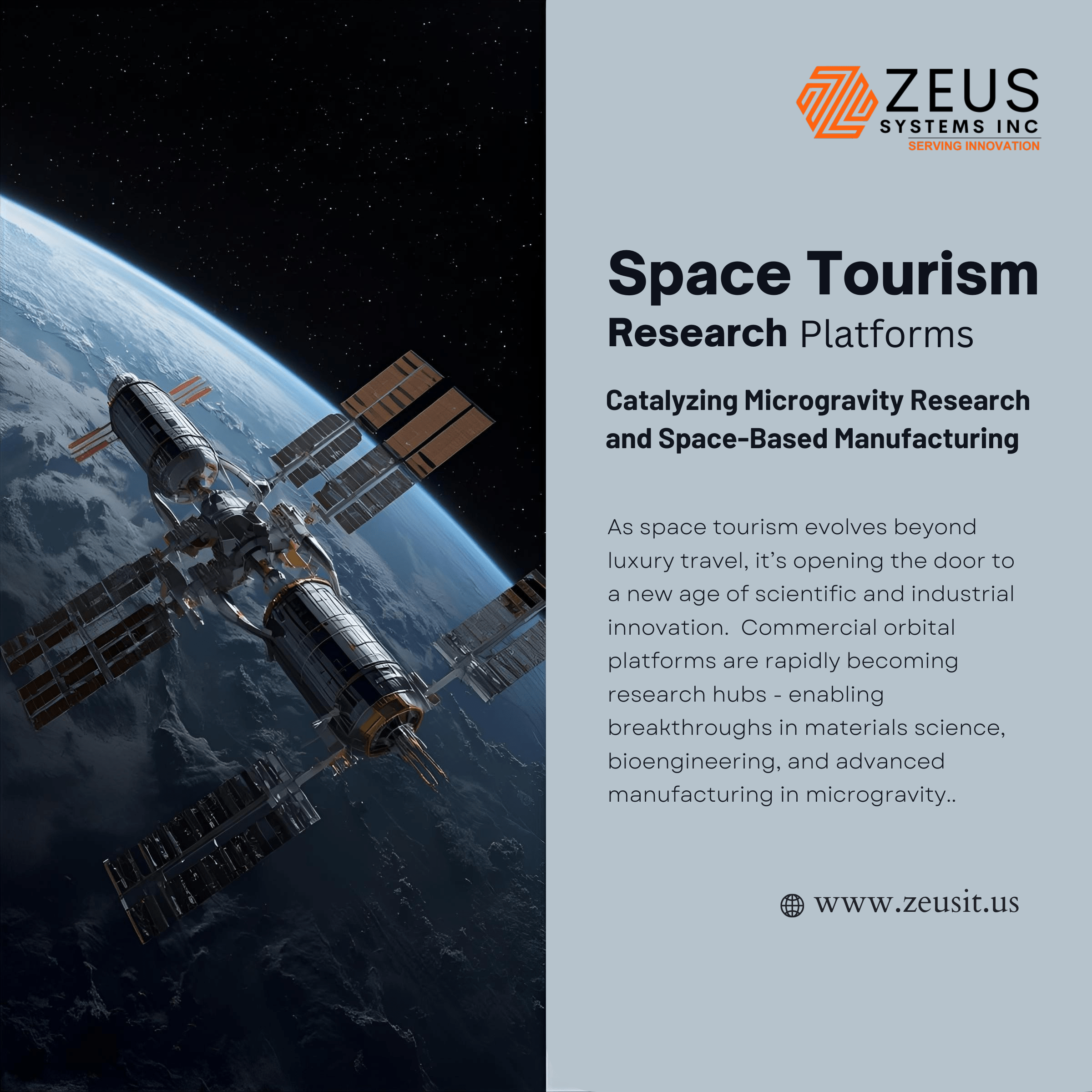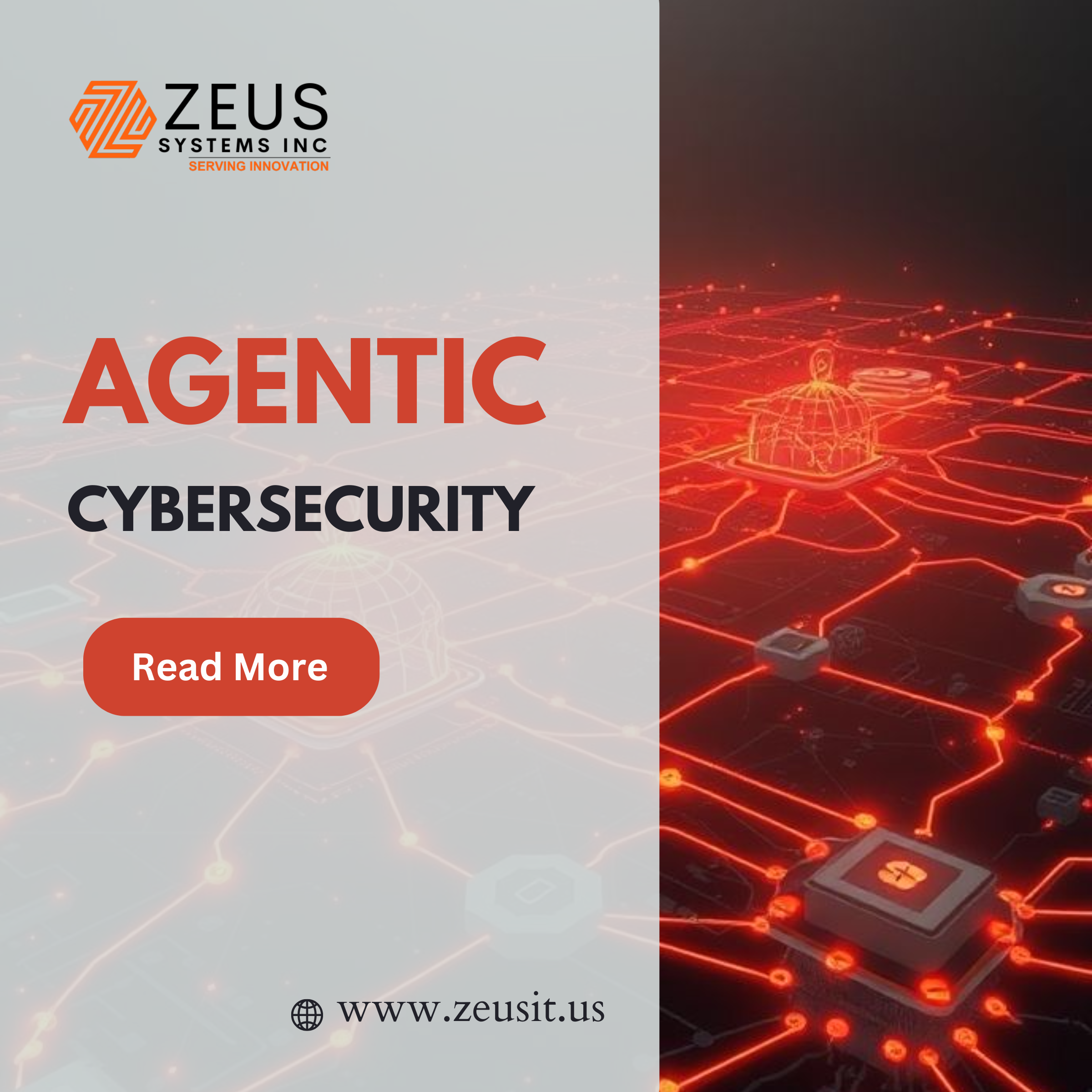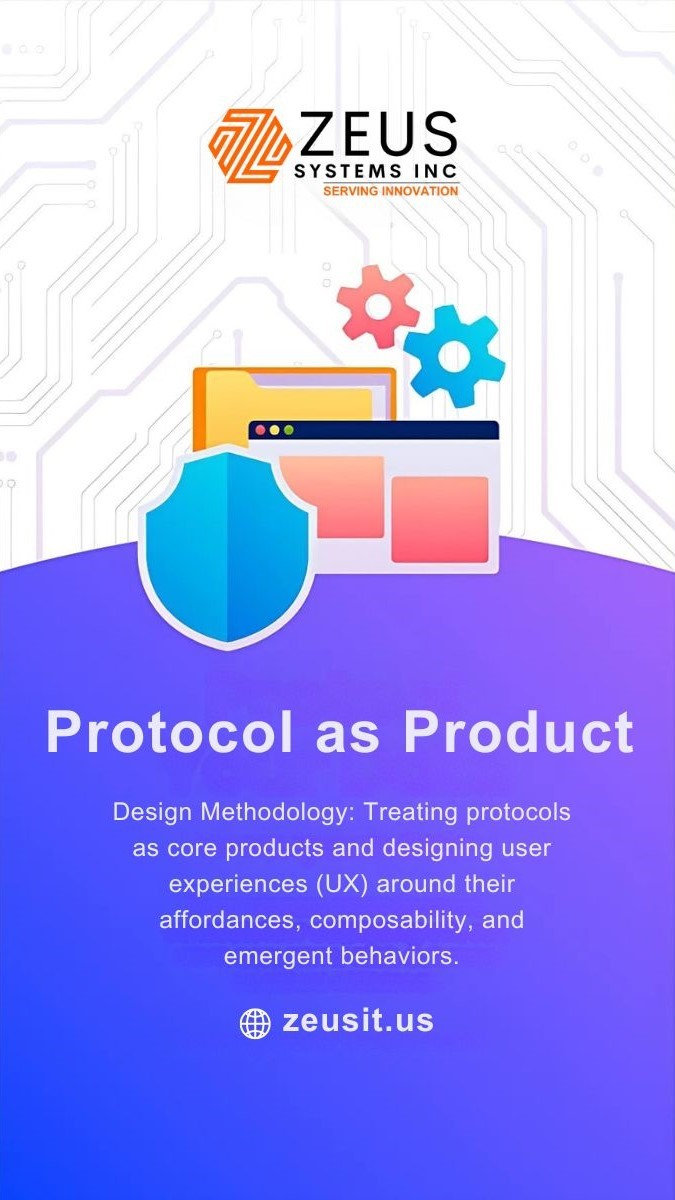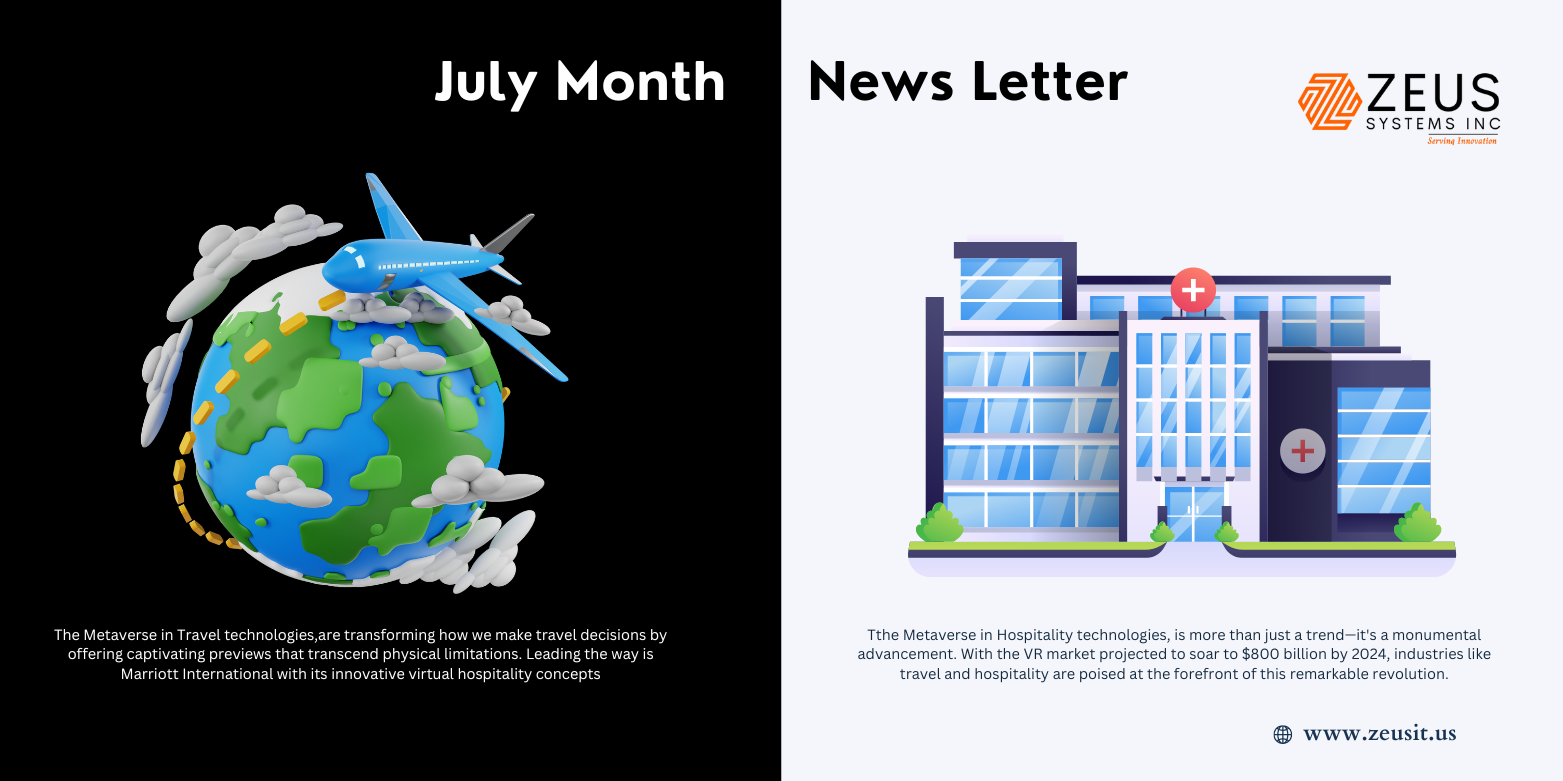In today’s era of digital transformation, the regulatory landscape for financial services is undergoing one of its most profound shifts in decades. We are entering a phase where compliance is no longer just a back-office checklist; it is becoming a dynamic, real-time, adaptive layer woven into the fabric of financial systems. At the heart of this change lie two interconnected forces:
- Predictive analytics — the ability to forecast not just “what happened” but “what will happen,”
- Algorithmic agents — autonomous or semi-autonomous software systems that act on those forecasts, enforce rules, or trigger responses without human delay.
In this article, I argue that these technologies are not merely incremental improvements to traditional RegTech. Rather, they signal a paradigm shift: from static rule-books and human inspection to living regulatory systems that evolve alongside financial behaviour, reshape institutional risk-profiles, and potentially redefine what we understand by “compliance” and “fraud detection.” I’ll explore three core dimensions of this shift — and for each, propose less-explored or speculative directions that I believe merit attention. My hope is to spark strategic thinking, not just reflect on what is happening now.
1. From Surveillance to Anticipation: The Predictive Leap
Traditionally, compliance and fraud detection systems have operated in a reactive mode: setting rules (e.g., “transactions above $X need a human review”), flagging exceptions, investigating, and then reporting. Analytics have evolved, but the structure remains similar. Predictive analytics changes the temporal axis — we move from after-the-fact to before-the-fact.
What is new and emerging
- Financial institutions and regulators are now applying machine-learning (ML) and natural-language-processing (NLP) techniques to far larger, more unstructured datasets (e.g., emails, chat logs, device telemetry) in order to build risk-propensity models rather than fixed rule lists.
- Some frameworks treat compliance as a forecasting problem: “which customers/trades/accounts are likely to become problematic in the next 30/60/90 days?” rather than “which transactions contradict today’s rules?”
- This shift enables pre-emptive interventions: e.g., temporarily restricting a trading strategy, flagging an onboarding applicant before submission, or dynamically adjusting the threshold of suspicion based on behavioural drift.
Turning prediction into regulatory action
However, I believe the frontier lies in integrating this predictive capability directly into regulation design itself:
- Adaptive rule-books: Rather than static regulation, imagine a system where the regulatory thresholds (e.g., capital adequacy, transaction‐monitoring limits) self-adjust dynamically based on predictive risk models. For example, if a bank’s behaviour and environment suggest a rising fraud risk, its internal compliance thresholds become stricter automatically until stabilisation.
- Regulator-firm shared forecasting: A collaborative model where regulated institutions and supervisory authorities share anonymised risk-propensity models (or signals) so that firms and regulators co-own the “forecast” of risk, and compliance becomes a joint forward-looking governance process instead of exclusively a firm’s responsibility.
- Behavioural-drift detection: Predictive analytics can detect when a system’s “normal” profile is shifting. For example, an institution’s internal model of what is normal for its clients may drift gradually (say, due to new business lines) and go unnoticed. A regulatory predictive layer can monitor for such drift and trigger audits or interrogations when the behavioural baseline shifts sufficiently — effectively “regulating the regulator” behaviour.
Why this matters
- This transforms compliance from cost-centre to strategic intelligence: firms gain a risk roadmap rather than just a checklist.
- Regulators gain early-warning capacity — closing the gap between detection and systemic risk.
- Risks remain: over-reliance on predictions (false-positives/negatives), model bias, opacity. These must be managed.
2. Algorithmic Agents: From Rule-Enforcers to Autonomous Compliance Actors
Predictive analytics gives the “what might happen.” Algorithmic agents are the “then do something” part of the equation. These are software entities—ranging from supervised “bots” to more autonomous agents—that monitor, decide and act in operational contexts of compliance.
Current positioning
- Many firms use workflow-bots for rule-based tasks (e.g., automatic KYC screening, sanction-list checks).
- Emerging work mentions “agentic AI” – autonomous agents designed for compliance workflows (see recent research).
What’s next / less explored
Here are three speculative but plausible evolutions:
- Multi-agent regulatory ecosystems
Imagine multiple algorithmic agents within a firm (and across firms) that communicate, negotiate and coordinate. For example:- An “Onboarding Agent” flags high-risk applicant X.
- A “Transaction-Monitoring Agent” realises similar risk patterns in the applicant’s business over time.
- A “Regulatory Feedback Agent” queries peer institutions’ anonymised signals and determines that this risk cluster is emerging.
These agents coordinate to escalate the risk to human oversight, or automatically impose escalating compliance controls (e.g., higher transaction safeguards).
This creates a living network of compliance actors rather than isolated rule-modules.
- Self-healing compliance loops
Agents don’t just act — they detect their own failures and adapt. For instance: if the false-positive rate climbs above a threshold, the agent automatically triggers a sub-agent that analyses why the threshold is misaligned (e.g., changed customer behaviour, new business line), then adjusts rules or flags to human supervisors. Over time, the agent “learns” the firm’s evolving compliance context.
This moves compliance into an autonomous feedback regime: forecast → action → outcome → adapt. - Regulator-embedded agents
Beyond institutional usage, regulatory authorities could deploy agents that sit outside the firm but feed off firm-submitted data (or anonymised aggregated data). These agents scan market behaviour, institution-submitted forecasts, and cross-firm signals in real time to identify emerging risks (fraud rings, collusive trading, compliance “hot-zones”). They could then issue “real-time compliance advisories” (rather than only periodic audits) to firms, or even automatically modulate firm-specific regulatory parameters (with appropriate safeguards).
In effect, regulation itself becomes algorithm-augmented and semi-autonomous.
Implications and risks
- Efficiency gains: action latency drops massively; responses move from days to seconds.
- Risk of divergence: autonomous agents may interpret rules differently, leading to inconsistent firm-behaviour or unintended systemic effects (e.g., synchronized “blocking” across firms causing liquidity issues).
- Transparency & accountability: Who monitors the agents? How do we audit their decisions? This extends the “explainability” challenge.
- Inter-agent governance: Agents interacting across firms/regulators raise privacy, data-sharing and collusion concerns.
3. A New Regulatory Architecture: From Static Rules to Continuous Adaptation
The combination of predictive analytics and algorithmic agents calls for a re-thinking of the regulatory architecture itself — not just how firms comply, but how regulation is designed, enforced and evolves.
Key architectural shifts
- Dynamic regulation frameworks: Rather than static regulations (e.g., monthly reports, fixed thresholds), we envisage adaptive regulation — thresholds and controls evolve in near real-time based on collective risk signals. For example, if a particular product class shows elevated fraud propensity across multiple firms, regulatory thresholds tighten automatically, and firms flagged in the network see stricter real-time controls.
- Rule-as-code: Regulations will increasingly be specified in machine-interpretable formats (semantic rule-engines) so that both firms’ agents and regulatory agents can execute and monitor compliance. This is already beginning (digitising the rule-book).
- Shared intelligence layers: A “compliance intelligence layer” sits between firms and regulators: reporting is replaced by continuous signal-sharing, aggregated across institutions, anonymised, and fed into predictive engines and agents. This creates a compliance ecosystem rather than bilateral firm–regulator relationships.
- Regulator as supervisory agent: Regulatory bodies will increasingly behave like real-time risk supervisors, monitoring agent interactions across the ecosystem, intervening when the risk horizon exceeds predictive thresholds.
Opportunities & novel use-cases
- Proactive regulatory interventions: Instead of waiting for audit failures, regulators can issue pre-emptive advisories or restrictions when predictive models signal elevated systemic risk.
- Adaptive capital-buffering: Banks’ capital requirements might be adjusted dynamically based on real-time risk signals (not just periodic stress-tests).
- Fraud-network early warning: Cross-firm predictive models identify clusters of actors (accounts, firms, transactions) exhibiting emergent anomalous patterns; regulators and firms can isolate the cluster and deploy coordinated remediation.
- Compliance budgeting & scoring: Firms may be scored continuously on a “compliance health” index, analogous to credit-scores, driven by behavioural analytics and agent-actions. Firms with high compliance health can face lighter regulatory burdens (a “regulatory dividend”).
Potential downsides & governance challenges
- If dynamic regulation is wrongly calibrated, it could lead to regulatory “whiplash” — firms constantly adjusting to shifting thresholds, increasing operational instability.
- The rule-as-code approach demands heavy investment in infrastructure; smaller firms may be disadvantaged, raising fairness/regulatory-arbitrage concerns.
- Data-sharing raises privacy, competition and confidentiality issues — establishing trust in the compliance intelligence layer will be critical.
- Systemic risk: if many firms’ agents respond to the same predictive signal in the same way (e.g., blocking similar trades), this could create unintended cascading consequences in the market.
4. A Thought Experiment: The “Compliance Twin”
To illustrate the future, imagine each regulated institution maintains a “Compliance Twin” — a digital mirror of the institution’s entire compliance-environment: policies, controls, transaction flows, risk-models, real-time monitoring, agent-interactions. The Compliance Twin operates in parallel: it receives all data, runs predictive analytics, is monitored by algorithmic agents, simulates regulatory interactions, and updates itself constantly. Meanwhile a shared aggregator compares thousands of such twins across the industry, generating industry-level risk maps, feeding regulatory dashboards, and triggering dynamic interventions when clusters of twins exhibit correlated risk drift.
In this future:
- Compliance becomes continuous rather than periodic.
- Regulation becomes proactive rather than reactive.
- Fraud detection becomes network-aware and emergent rather than rule-scanning of individual transactions.
- Firms gain a strategic tool (the compliance twin) to optimise risk and regulatory cost, not just avoid fines.
- Regulators gain real-time system-wide visibility, enabling “macro prudential compliance surveillance” not just firm-level supervision.
5. Strategic Imperatives for Firms and Regulators
For Firms
- Start building your compliance function as a data- and agent-enabled engine, not just a rule-book. This means investing early in predictive modelling, agent-workflow design, and interoperability with regulatory intelligence layers.
- Adopt “explainability by design” — you will need to audit your agents, their decisions, their adaptation loops and ensure transparency.
- Think of compliance as a strategic advantage: those firms that embed predictive/agent compliance into their operations will reduce cost, reduce regulatory friction, and gain insights into risk/behaviour earlier.
- Gear up for cross-institution data-sharing platforms; the competitive advantage may shift to firms that actively contribute to and consume the shared intelligence ecosystem.
For Regulators
- Embrace real-time supervision – build capabilities to receive continuous signals, not just periodic reports.
- Define governance frameworks for algorithmic agents: auditing, certification, liability, transparency.
- Encourage smaller firms by providing shared agent-infrastructure (especially in emerging markets) to avoid a compliance divide.
- Coordinate with industry to define digital rule-books, machine-interpretable regulation, and shared intelligence layers—instead of simply enforcing paper-based regulation.
6. Research & Ethical Frontiers
As predictive-agent compliance architectures proliferate, several less-explored or novel issues emerge:
- Collusive agent behaviour: Autonomous compliance/fraud-agents across firms might produce emergent behaviour (e.g., coordinating to block/allow transactions) that regulators did not anticipate. This raises systemic-risk questions. (A recent study on trading agents found emergent collusion).
- Model drift & regulatory lag: Agents evolve rapidly, but regulation often lags. Ensuring that regulatory models keep pace will become critical.
- Ethical fairness and access: Firms with the best AI/agent capabilities may gain competitive advantage; smaller firms may be disadvantaged. Regulators must avoid creating two-tier compliance regimes.
- Auditability and liability of agents: When an agent takes autonomous action (e.g., blocks a transaction) whose decision-logic must be explainable, and who is liable if it errs—the firm? the agent designer? the regulator?
- Adversarial behaviour: Fraud actors may reverse-engineer agentic systems, using generative AI to craft behaviour that bypasses predictive models. The “arms race” moves to algorithmic vs algorithmic.
- Data-sharing vs privacy/competition: The shared intelligence layer is powerful—but balancing confidentiality, anti-trust, and data-privacy will require new frameworks.
Conclusion
We are standing at the cusp of a new era in financial regulation—one where compliance is no longer a backward-looking audit, but a forward-looking, adaptive, agent-driven system intimately embedded in firms and regulatory architecture. Predictive analytics and algorithmic agents enable this shift, but so too does a re-imagining of how regulation is designed, shared and executed. For the innovative firm or the forward-thinking regulator, the question is no longer if but how fast they will adopt these capabilities. For the ecosystem as a whole, the stakes are higher: in a world of accelerating fintech innovation, fraud, and systemic linkages, the ability to anticipate, coordinate and act in real-time may define the difference between resilience and crisis.











